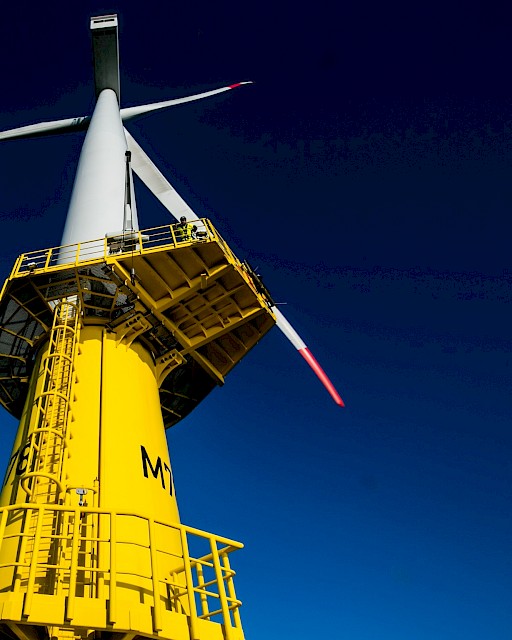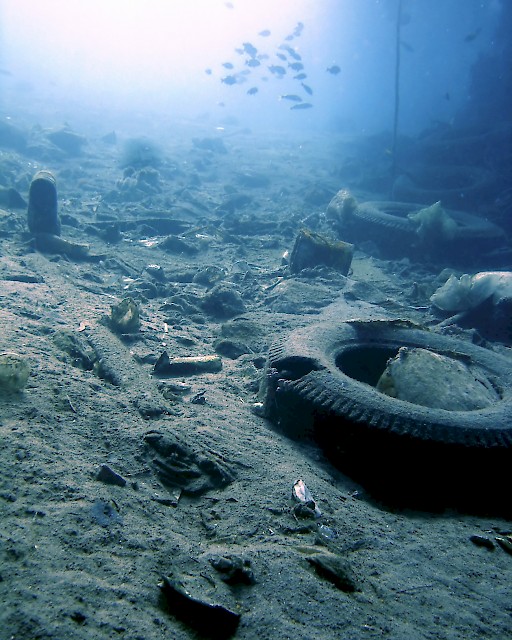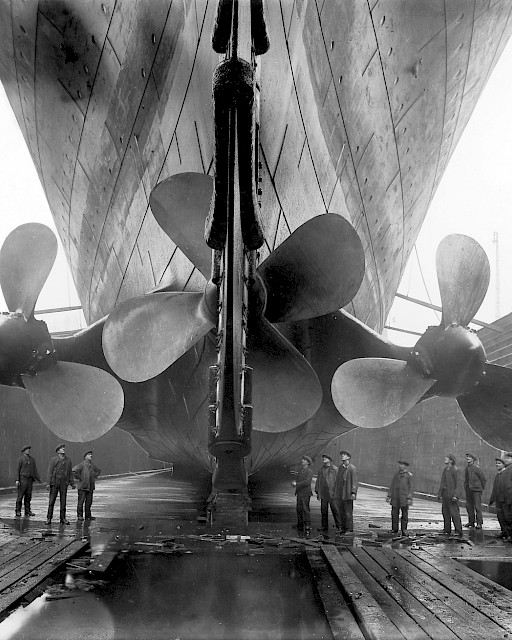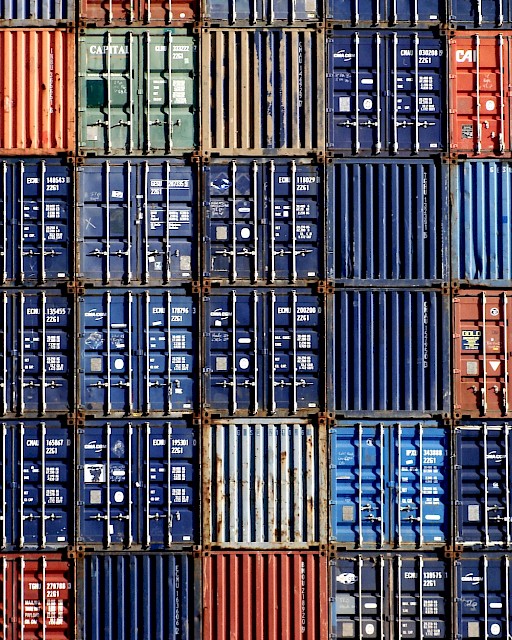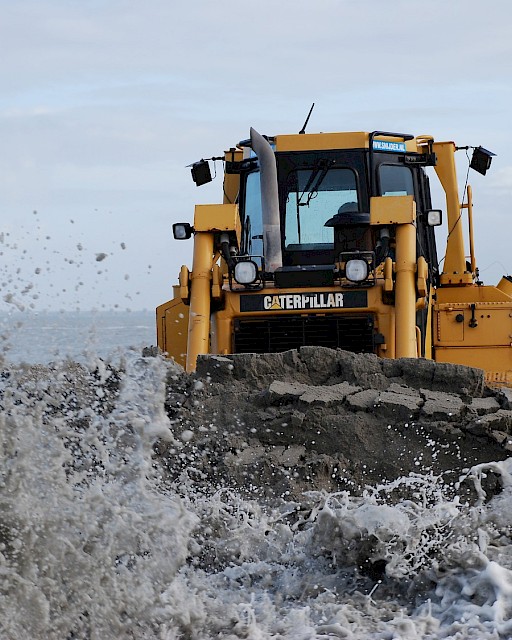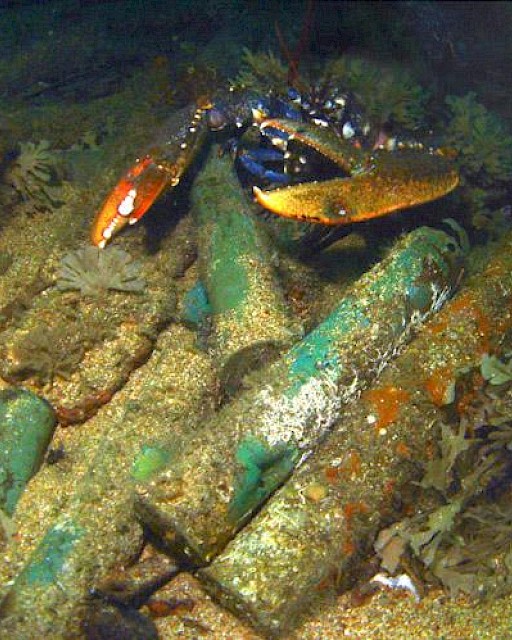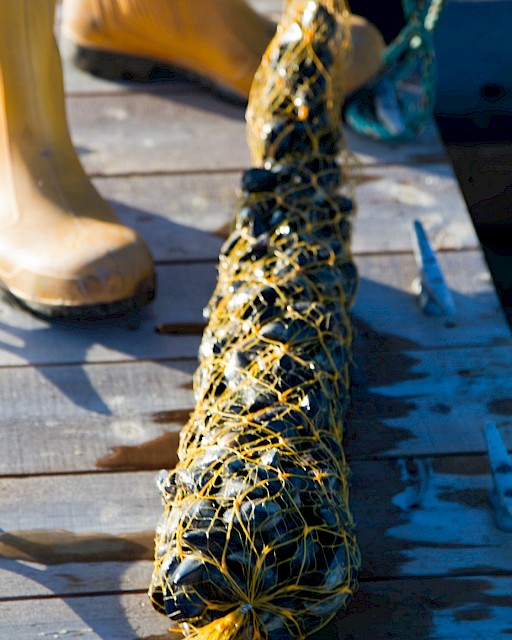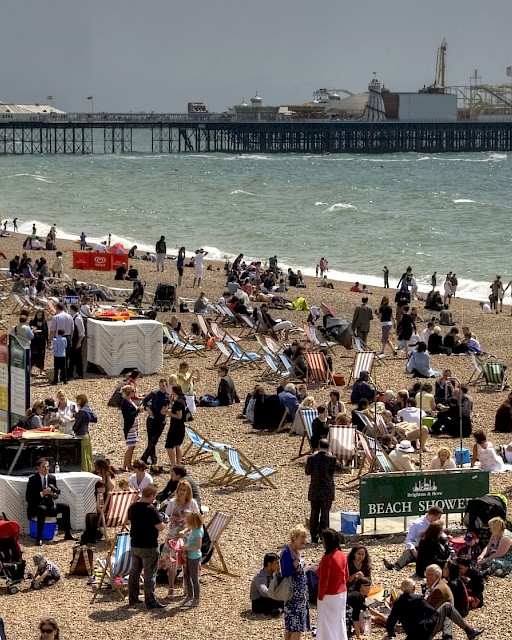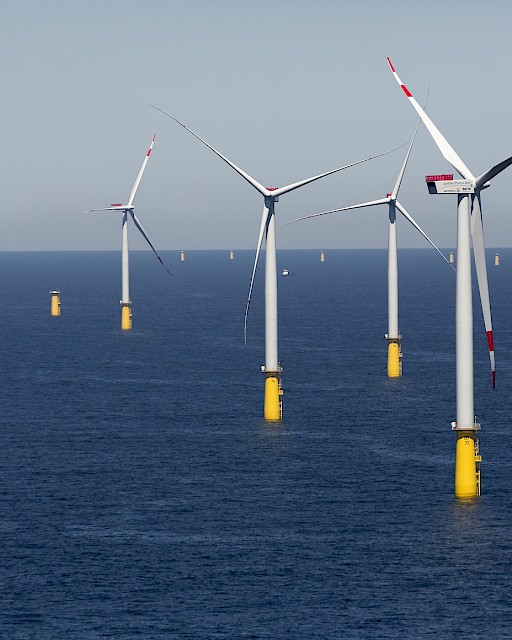Fisheries and Mariculture
The fishing, mariculture and hunting of living marine resources provide a wide range of goods and services of economic value to OSPAR countries. However, the exploitation of marine species for food, animal feed, fertilizer, or the production of other products of value or use exerts pressure on the coastal and offshore environment, which can have a wide range of impacts on marine ecosystems.
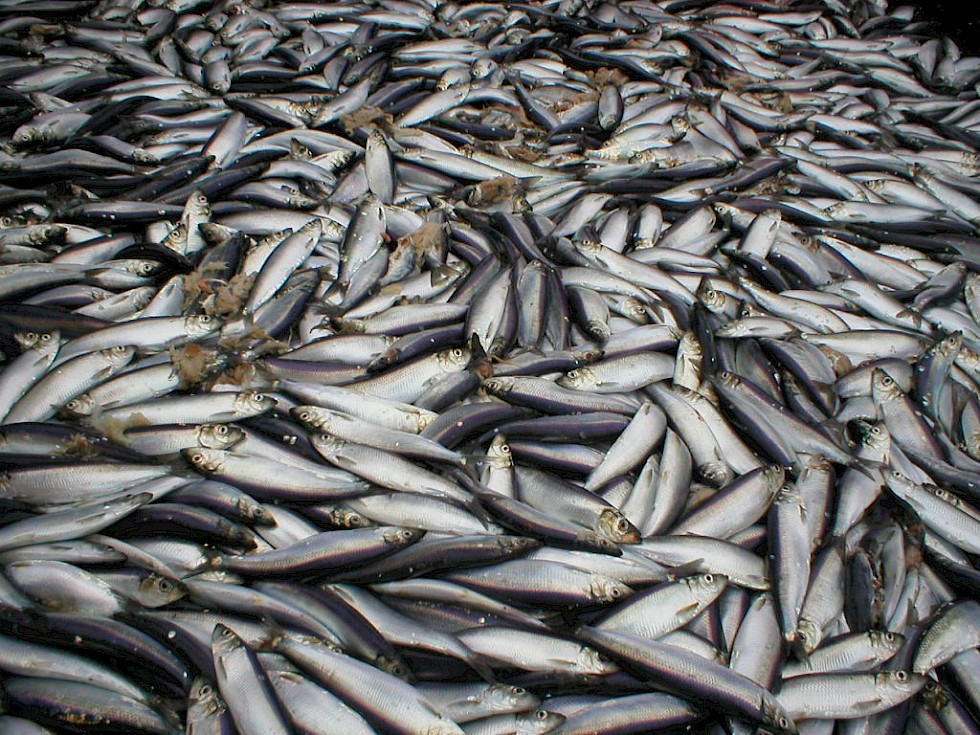
Fisheries and Mariculture in the OSPAR Maritime Area
Fisheries
Fisheries in the OSPAR Maritime Area are regulated through a combination of different arrangements. These include national policies and regulations, the EU Common Fisheries Policy, bilateral and multilateral agreements between countries with shared stocks, and measures adopted by the three regional fisheries management organisations: the North-East Atlantic Fisheries Commission (NEAFC), the International Commission for Conservation of Atlantic Tunas (ICCAT), and the North Atlantic Salmon Conservation Organization (NASCO).
OSPAR fully recognises the competence of these authorities to regulate fisheries. OSPAR informs these fisheries authorities when it considers that there are questions where action is needed to protect and conserve the North-East Atlantic in relation to fisheries. To facilitate this process OSPAR has adopted memorandum of understanding with both NEAFC and NASCO that detail their roles in conserving marine biodiversity within their respective mandates.
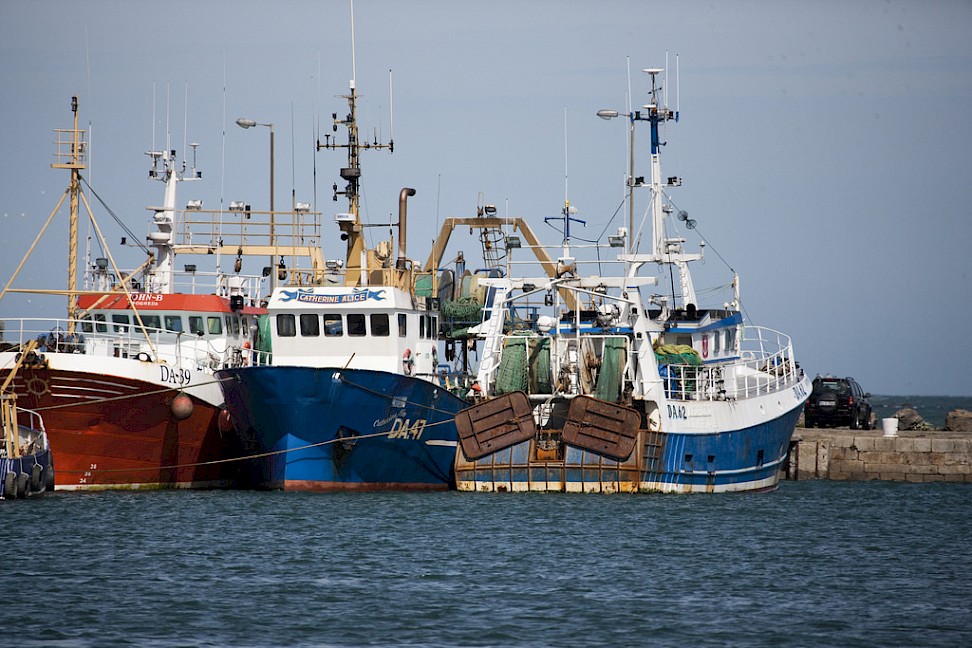 Fishing boats in Howth, Ireland © William Murphy
Fishing boats in Howth, Ireland © William Murphy
Assessment of the impact of bottom trawling
Whilst OSPAR doesn’t have a mandate for fisheries management it does have a responsibility to assess the environmental effects of fisheries on the marine ecosystem.
Therefore OSPAR maps bottom fishing intensity in the North-East Atlantic inputting to both the assessment of seafloor integrity and physical damage. The assessments are conducted by ICES.
Fishing effort is clearly not uniformly distributed in the OSPAR Maritime Area. Beam trawls are used in shallower waters (< 100 m depth) with beam trawling for shrimp, for example, in nearshore waters less than 20 m in depth. Demersal seines are very patchy in their use. Dredges are used offshore solely for scallops and nearshore use of dredges for blue mussels and oysters can be seen in some years. Otter trawl is the most widely used towed gear, but high intensity use is confined to a small proportion of the area. The overall pattern of fishing is relatively consistent, particularly in relation to the areas of higher fishing effort, though may be affected by the fisheries outcomes from the departure of the United Kingdom from the EU.
Although maps of the fishing intensity will reveal the seabed areas that are most heavily fished, these maps do not necessarily show which areas are impacted most heavily. Trawling impact is a combination of trawling intensity (frequency at which the seabed is being trawled by year), the depth of penetration, and the sensitivity of the seabed habitat.
Based on the bottom trawling intensity, the impact of bottom trawling on benthic habitats was assessed for the first time as part of the OSPAR’s 2017 Intermediate Assessment of the state of the North-East Atlantic. The Extent of Physical Damage to Predominant and Special Habitats indicator highlighted that 86% of the assessed areas in the Greater North Sea and the Celtic Seas have physical disturbance, of which 58% showed higher disturbance. 74% of all assessed areas experience consistent pressure year on year, which is very likely to affect the ability of habitats to recover.
OSPAR Bottom Fishing Intensity:
Data available here: https://odims.ospar.org/maps/1467/view
Mariculture
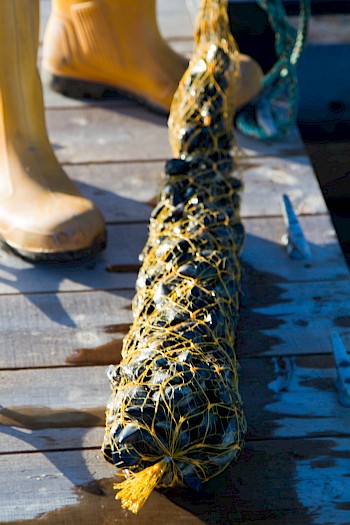 Mariculture is the cultivation of marine organisms such as fish and shellfish for food and other products. There are many concerns linked to mariculture, both in relation to rearing practices and to the widespread exchange and movement of eggs, embryos and seed, especially when different eco-regions are involved. Examples of these concerns include genetic interaction between farmed fish and wild stocks, transfer of parasites and diseases, spread of non-indigenous species, and dependence on industrial catches of wild fish to feed fish in mariculture. There are also concerns over a number of site-specific impacts from mariculture facilities, including:
Mariculture is the cultivation of marine organisms such as fish and shellfish for food and other products. There are many concerns linked to mariculture, both in relation to rearing practices and to the widespread exchange and movement of eggs, embryos and seed, especially when different eco-regions are involved. Examples of these concerns include genetic interaction between farmed fish and wild stocks, transfer of parasites and diseases, spread of non-indigenous species, and dependence on industrial catches of wild fish to feed fish in mariculture. There are also concerns over a number of site-specific impacts from mariculture facilities, including:
- Eutrophication as a result of nutrient enrichment from feeds and effluents;
- Competition between escaped farmed fish and wild stocks for spawning grounds in freshwater habitats;
- Release of chemicals used to prevent fouling of equipment or to treat parasites and diseases;
- Displacement of bird and seal populations as a result of the use of scaring devices to discourage predation of farmed fish;
- Impacts from the harvesting of shellfish and from seed collection for mussel farming.
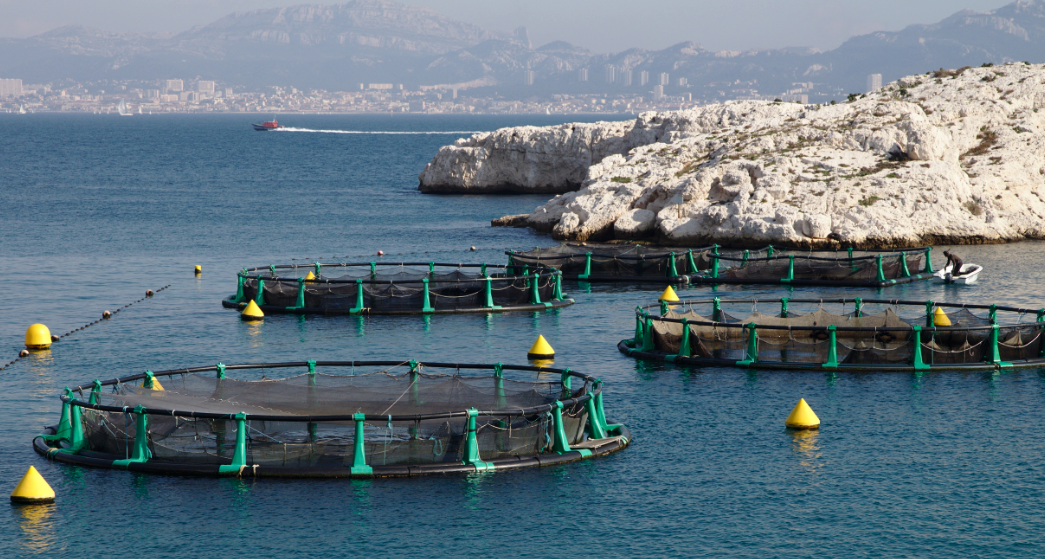 Top left: Mussel aquaculture in the UK ©Willy Weston; Above: Fish aquaculture in France ©Julien Carnot
Top left: Mussel aquaculture in the UK ©Willy Weston; Above: Fish aquaculture in France ©Julien Carnot

